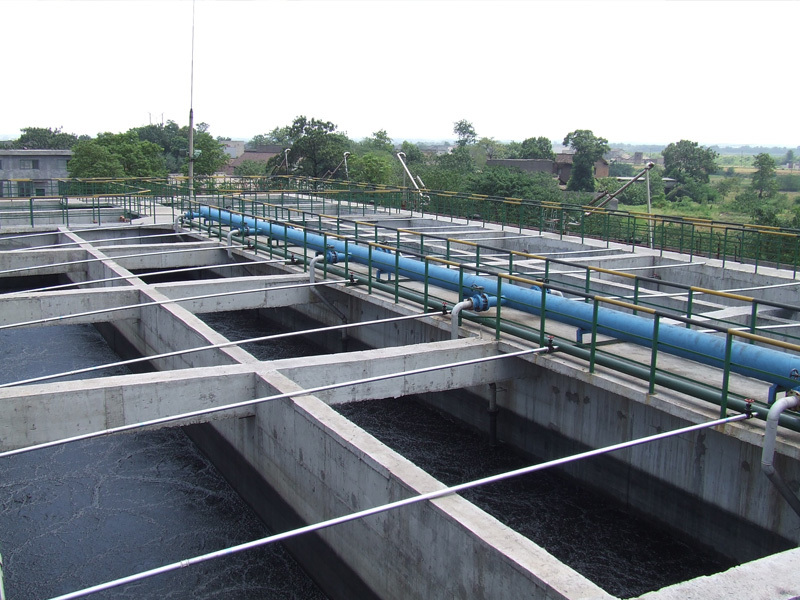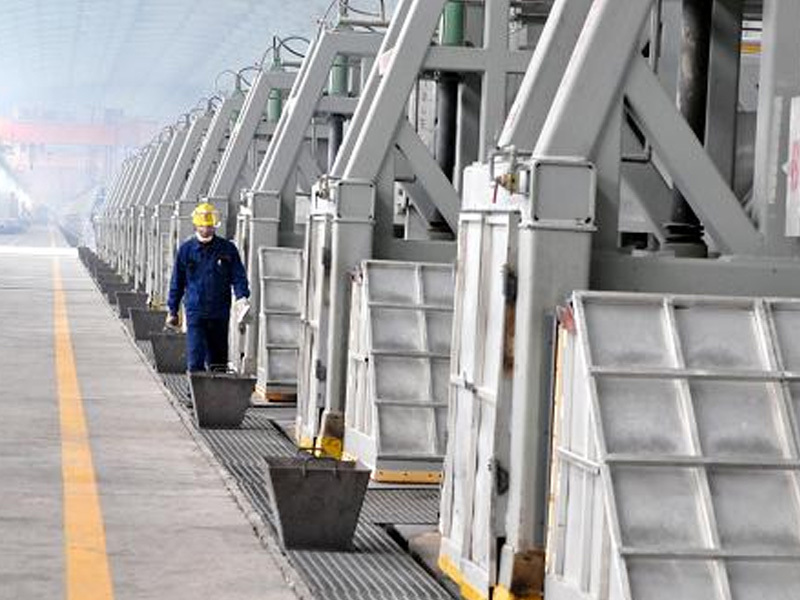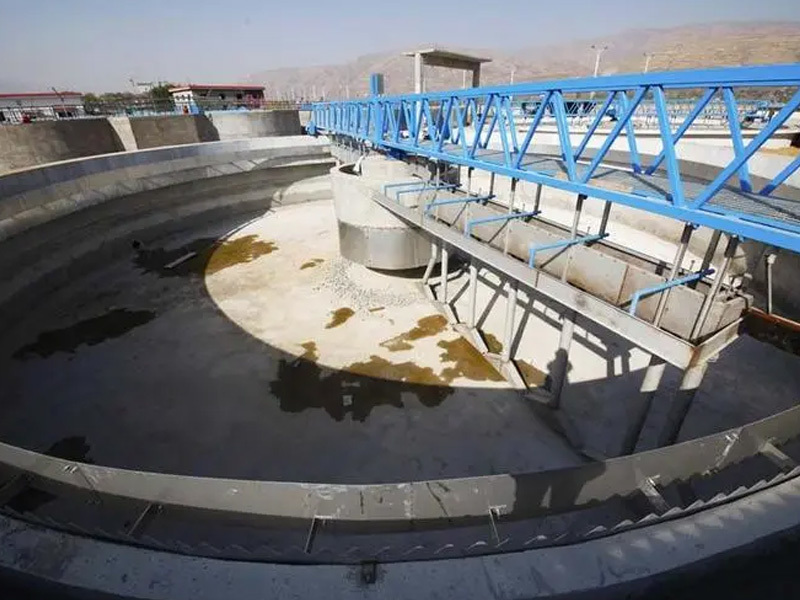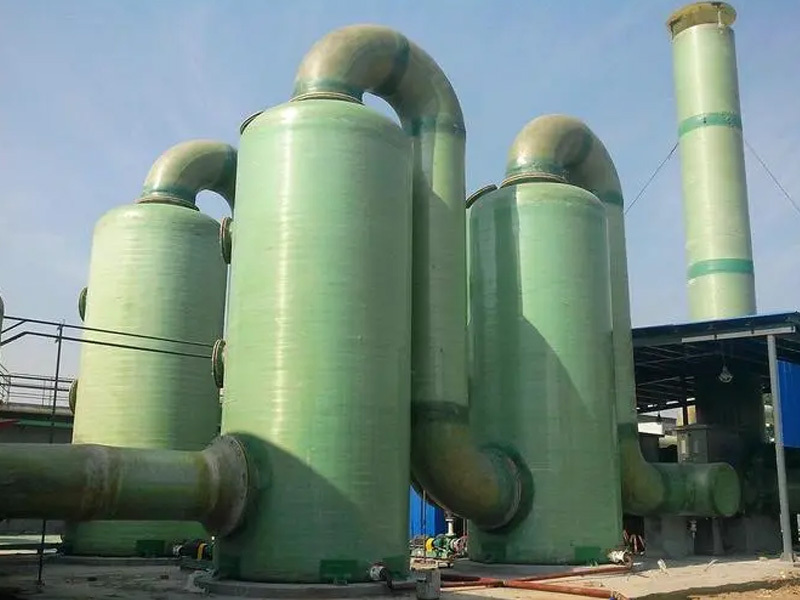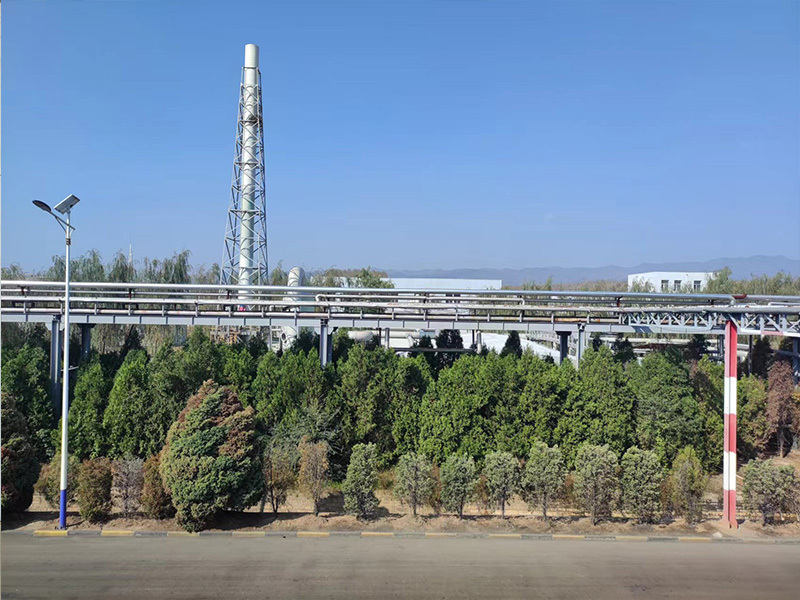Common Treatment Process of Pharmaceutical Intermediate Wastewater
Pharmaceutical intermediate wastewater has the characteristics of high COD, high ammonia nitrogen, high salt and high chroma. The so-called pharmaceutical intermediates are actually some chemical raw materials or chemical products used in the process of drug synthesis. This chemical product does not require a drug production license and can be produced in an ordinary chemical plant. As long as it reaches some level, it can be used for the synthesis of drugs. The synthesis steps are long, the intermediates are complicated, and the molecular structure is stable, so that the composition of pharmaceutical intermediate wastewater is very complex, containing a large number of toxic and refractory organic compounds, as well as Cl-, SO42-and other inorganic salts. It is one of the most difficult points in the chemical sewage treatment industry.
Common Treatment Methods of Fluorine-containing Wastewater
The main source of fluorine-containing wastewater is the fluorine-containing "three wastes" discharged from industrial production. The industries involved mainly include aluminum electrolysis, steel, cement, bricks and tiles, ceramics, phosphate fertilizer, glass, semiconductors, pharmaceuticals, etc. The common feature of these industries is that fluorine-containing minerals are the main raw materials or auxiliary raw materials. In the process of smelting and production, fluorine is decomposed from minerals to produce fluorine-containing wastewater.
The main source of fluorine-containing wastewater is the fluorine-containing "three wastes" discharged from industrial production. The industries involved mainly include aluminum electrolysis, steel, cement, bricks and tiles, ceramics, phosphate fertilizer, glass, semiconductors, pharmaceuticals, etc. The common feature of these industries is that fluorine-containing minerals are the main raw materials or auxiliary raw materials. In the process of smelting and production, fluorine is decomposed from minerals to produce fluorine-containing wastewater.
Pharmaceutical intermediate wastewater has the characteristics of high COD, high ammonia nitrogen, high salt and high chroma. The so-called pharmaceutical intermediates are actually some chemical raw materials or chemical products used in the process of drug synthesis. This chemical product does not require a drug production license and can be produced in an ordinary chemical plant. As long as it reaches some level, it can be used for the synthesis of drugs. The synthesis steps are long, the intermediates are complicated, and the molecular structure is stable, so that the composition of pharmaceutical intermediate wastewater is very complex, containing a large number of toxic and refractory organic compounds, as well as Cl-, SO42-and other inorganic salts. It is one of the most difficult points in the chemical sewage treatment industry.
Biopharmaceutical wastewater treatment is currently a very important and very difficult to deal with wastewater in the wastewater treatment industry. Biopharmaceutical refers to the use of organisms or biological processes to produce drugs, mainly including antibiotics or antibiotics generated by the method of fermentation of bacteria, which will produce corresponding pharmaceutical wastewater in its production and processing wastewater. Today, Zhongke Boyun will show you what are the main characteristics of biopharmaceutical wastewater.
China Sales Department
Address:Industrial road west,186, Qixian County, Henan Province, 456750 ,China,
Los Angeles Sales Department, USA


